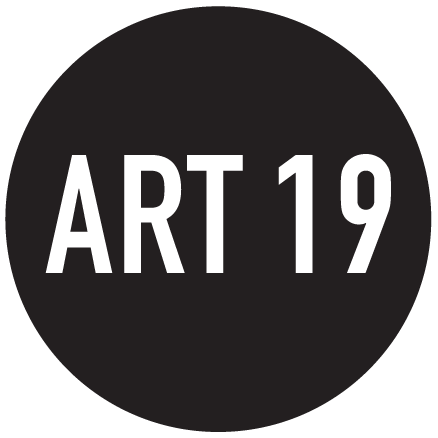Arts ATL : The High Museum reflects on South African democracy (by Louise E. Shaw)
David Goldblatt, "4 a.m. on the Marabastad-Waterval Bus," 1980. (All images courtesy of the High Museum of Art, Atlanta)
With calls for divestiture and charges of apartheid in Gaza dominating global news, marking the 30th anniversary of South Africa’s first democratic election is timely.
On May 10, 1994, Nelson Mandela, who served 27 years in prison for his activism to end South Africa’s race-restricted Apartheid regime, was sworn in as South Africa’s first democratically elected president. The African National Congress (ANC), Mandela’s party, has been in charge ever since. Although power has never been transferred to an opposing party, South Africa’s elections have been considered to be fair and open. This commitment to universal adult suffrage will likely be evident in the general election on May 29, the seventh general election since the end of Apartheid in 1994.
Rudzani Nemasetoni, “pp 2-3, from the Apartheid Scrolls series,” 1995.
To commemorate 30 years since this milestone, Three Decades of Democracy: South African Works on Paper at the High Museum of Art is literally and figuratively a sidebar, located in a sliver of a gallery in the Wieland Pavilion. The first step in the curatorial process of such an installation would typically be a search in the High’s collection database for South African art. The result was a selection of works by eight Black and White artists — all men. The installation includes some individual works of interest, but, overall, it is limited by the apparent lack of depth in the High’s holdings, as well as the narrow space it was assigned.
Although the contrast in scale is a bit unfortunate, a compelling dialogue is created with the juxtaposition of David Goldblatt’s 1980 photograph 4 a.m. on the Marabastad-Waterval Bus with Kay Hassan’s Bus Ride, a large 1996 paper construction made of discarded cardboard and billboard posters. The point is well taken that even after inhumane apartheid policies ended in 1994, their legacy continued to echo in South African society. One example is the long job commutes from Black townships to White urban areas that Hassan has captured in this work.
Kay Hassan, “Bus Ride,” 1996.
It is also interesting that Hassan is one of several artists in the exhibition who attended Rorke’s Drift Art and Craft Centre, established by the Evangelical Lutheran Church in 1962 in a rural area of South Africa. Especially well known for its printmaking program, Rorke’s Drift is an example of an informal art school founded in response to the fact that Black artists for the most part were not allowed to attend university programs during the apartheid era.
Another strength is a series of prints from Rudzani Nemasetoni’s Apartheid Scrolls, produced from copies of his father’s internal passbooks, which were used to restrict movement by non-White South Africans under apartheid. The exhibition includes multiple photo etchings — enough to convey how opprobrious these requirements were to Black South Africans.
William Kentridge, “Dancing Woman from Zeno at 4 am,” 2001.
The most famous artist in the exhibition — at least to American and European visitors — is William Kentridge. His Dancing Woman from Zeno at 4am is one of nine etchings he created to accompany a signature shadow puppet play and film Zeno Writing (whether the High owns the other eight etchings is unclear). The project draws parallels between the final years of the Austro-Hungarian empire and the South African post-apartheid regime. The High co-owns the Zeno Writing video, which is currently installed in another wing of the museum, with the Houston Museum of Fine Arts. It is unfortunate that the print and the video aren’t installed together, which would have provided greater context not only to understanding the static work but also to enhancing the entire installation.
The High Museum rarely ventures into commenting on current global politics. Most likely this foray into celebrating South African democracy was conceived before the October 7 Hamas attack on Israel that has launched such a catastrophic war, along with charges of Israel as an apartheid regime. With South African history echoing in our minds and with the United States’ upcoming election looming ahead, there are vital reasons to think about human rights and democracy at this precise moment in time. Unfortunately, Three Decades of Democracy only partially captured that opportunity.
::
Louise E. Shaw has been a cultural worker in Atlanta for over 40 years. She served as executive director of Nexus Contemporary Art Center from 1983 to 1998 and was on Eyedrum’s ad hoc advisory board in the 2000s.
Article published on https://www.artsatl.org/




